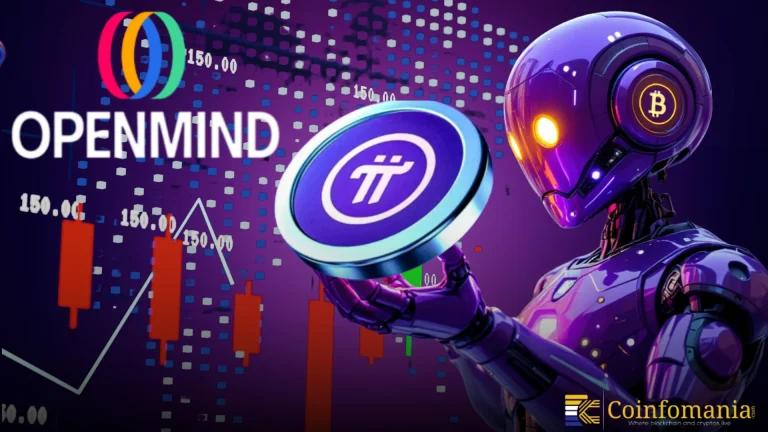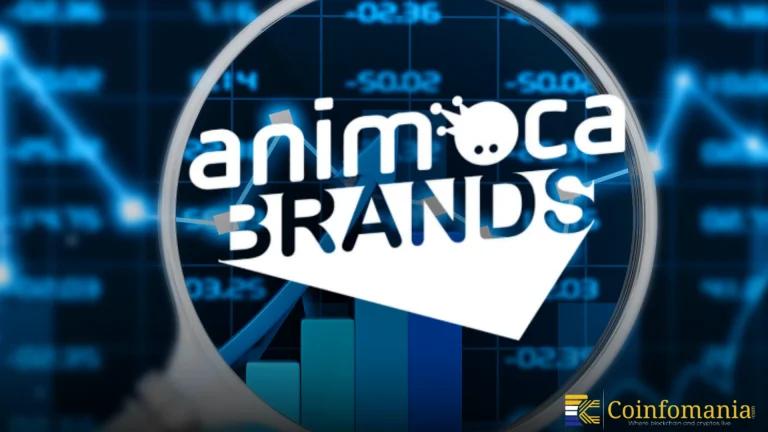U.S. Economy Strains As Fed Rate Cut, Inflation, Tariffs, and Credit Increase
The U.S. economy faces pressure from Fed rate cuts, rising credit card interest rates, inflation concerns, and tariff uncertainty.

Quick Take
Summary is AI generated, newsroom reviewed.
Fed cuts rate by 50 bps, first time since 2008, but holds steady afterward.
Credit card APRs rise to 24.3%, highest since December, despite falling inflation.
Tariff risks and Trump’s call for deeper rate cuts add pressure on Fed policy.
On June 20, The Kobeissi Letter shared insights about the U.S. economic strain. Kobeissi Letter stated that Fed rate cuts, inflation, tariffs, and interest rates increased amid geopolitical changes. The Federal Reserve held its benchmark at 4.25 to 4.50% for a fourth time. Meanwhile, credit card interest rates also increased, and unresolved tariff plans continue to sabotage the U.S. economy. Donald Trump’s decisions on deeper rate cuts contrast with Fed policies.
Fed Rate Cut Sparks Tensions in U.S. Investors
Trump urged a bold 250 basis point Fed rate cut. He pointed to global central banks, especially the ECB, that continue to ease. He called Fed Chair Jerome Powell foolish for not acting faster. The Federal Reserve responded by cutting its rate by 50 basis points this month. This was the first move of that scale since 2008.
Source: The Kobeissi Letter X Post on June 20
Despite the cut, officials foresee slower economic growth, rising unemployment, and persistent inflation. The GDP growth forecast dropped from 2.1% to 1.4%. The unemployment rate is expected to rise from 4.2% to 4.5%. Inflation will likely reach 3% in 2025 and stay above the 2% target through 2026. Powell said, “We feel like we’re going to learn a great deal more over the summer on tariffs.” He acknowledged improvement in business sentiment, adding, “It feels much more positive and constructive than it did three months ago.”
Interest Rate Stays High as Inflation Softens
CPI inflation now trends closer to the Fed’s 2% goal. However, interest rate cuts remain on hold, at least until September. Trump’s inaugural message from January, “The golden age of America begins right now,” doesn’t depict today’s U.S. position. The Fed expects economic softening ahead. Labor demand is already slowing. Powell said, “If you’re out of work, it is hard to find a job.” Even as inflation drops, interest rate reductions haven’t relieved consumer burdens. Banks have kept borrowing costs high, especially on revolving credit like credit cards.
Tariff Talks Weigh Heavy on Fed Policy
Tariffs remain a big question mark. If no deal comes by July 9, U.S. tariffs on EU goods could jump to 50%. So far, only the UK has reached a limited agreement. Powell admitted, “We hadn’t expected [tariffs] to show up much by now, and they haven’t… We will see the extent to which they do over the coming months.”
Fed policymakers stress the uncertainty around trade as a key risk. Businesses faced shocks after April but now report some improvement. Powell pointed to greater clarity in recent weeks. The combination of trade risks, geopolitical tension with Iran, and domestic political pressure makes this summer critical for monetary policy. Trump’s calls for aggressive action continue, but the Fed appears focused on data over rhetoric.
Credit Card Interest Rate Hits New High
Even without Fed action, banks are hiking consumer rates. In June, credit card interest rates rose for the third month in a row. Bankrate data shows average APRs just above 20%. LendingTree reported new card APRs now average 24.3%, the highest since December. “These are crippling rates,” said Clifford Cornell of Bone Fide Wealth. He warned consumers about fast-growing debt burdens. Rates stayed stable after the Credit CARD Act passed in 2009. But after the Fed started hiking in 2015, APRs have doubled to 12%.
LendingTree’s Matt Schulz said the trend will continue. He said, “This unfortunate trend could continue in the coming months.” He explained that banks are raising APRs to protect against defaults in uncertain times. Charlie Wise from TransUnion added, “When there is uncertainty in the market, this often results in consumers seeking new credit.” He said more risky balances in the system also push rates higher. Despite three Fed rate cuts in 2024, credit card interest rate levels remain untouched. Banks continue to act independently of Fed guidance, raising costs for borrowers. Consumers now face high interest rate burdens even as inflation shows signs of easing.
Fed Rate Cut Alone Can’t Solve the Crisis
The June 2025 economic outlook reflects deep uncertainty. The Fed rate cut of 50 basis points signals action, but not commitment to Trump’s aggressive stance. Tariffs, war risks with Iran, and high consumer interest rate levels weigh heavily on confidence. The Fed’s message remains cautious. Officials will wait until September for further moves. Meanwhile, credit markets stay tight. APRs on credit cards continue rising, despite falling CPI inflation. The pressure is now on both policymakers and lenders to avoid tipping the economy into deeper stress.
Follow us on Google News
Get the latest crypto insights and updates.
Related Posts

Pi Network Makes Bold Move Into AI Robotics With First-Ever Investment in OpenMind
Triparna Baishnab
Author

Animoca Brands Confirms $1B Nasdaq Move With Reverse Merger
Triparna Baishnab
Author

NHL Shocks Fans With Groundbreaking Deal — Polymarket Becomes Official Prediction Partner
Triparna Baishnab
Author